One of the most popular types of ceramic and tile used for the floor is the vitrified type. In this article, we are going to discuss the price and list of types of this tile. The term “glass tiles” refers to a new generation of ornamental tiles and ceramics that are easier to work with than their predecessors. It is common practice to use this kind of tile to cover both the interior and exterior surfaces of buildings. These tiles, which are both visually appealing and brilliant, are used to cover both the interior and exterior surfaces of buildings. Normal tiles sold on the market typically have a thinner glaze covering than what is required to produce the brightest tile possible. Because the depth and clarity of a tile’s shine are one of the most essential aspects in judging its worth and beauty, we may say that its luster has depth. Another key consideration is how well the tile reflects light. Because of this, a substantial layer of clay-based body type may be seen behind a relatively thin coating of glass glaze on modern tiles. In this procedure, moisture does not play a role in any way.  As a direct result of this, glass tiles that have a thickness of between 6 and 8 millimeters and a high degree of brightness have been manufactured. This tile is sometimes referred to as a crystal tile due to the depth and brightness that it possesses. Because the thickness of the tile corresponds to the size of the glazing, decorative tiles made of glass are considered to be of a particularly high grade. It is also perfectly transparent over the entirety of the tile. Because of its breathtaking appeal, this particular variety of tile has established a unique place for itself in the market. Since vitrified tiles have very little porosity, they are very durable and scratch resistant. As a direct result of this, they are resistant to the effects of water. Vitrified freezing is the process of heating and melting material in order to make glass or a material that looks like glass. Vitrified tiles are almost indistinguishable from glass because they are composed of clay and silica and have a water absorption rate of 0.5% or less. When the water absorption rate is high like this, glass tiles may not need to be glazed. Vitrified tiles that are non-vitreous and semi-vitreous have the least porosity, while glass tiles that are glassy and impermeable have the most porosity. The most absorbent glass tiles are semi-glass (least absorbent). Because glass tiles are scratch-resistant, stain-resistant, and impervious to wear and tear, they are an excellent choice for high-traffic areas in industrial, residential, and commercial structures.
As a direct result of this, glass tiles that have a thickness of between 6 and 8 millimeters and a high degree of brightness have been manufactured. This tile is sometimes referred to as a crystal tile due to the depth and brightness that it possesses. Because the thickness of the tile corresponds to the size of the glazing, decorative tiles made of glass are considered to be of a particularly high grade. It is also perfectly transparent over the entirety of the tile. Because of its breathtaking appeal, this particular variety of tile has established a unique place for itself in the market. Since vitrified tiles have very little porosity, they are very durable and scratch resistant. As a direct result of this, they are resistant to the effects of water. Vitrified freezing is the process of heating and melting material in order to make glass or a material that looks like glass. Vitrified tiles are almost indistinguishable from glass because they are composed of clay and silica and have a water absorption rate of 0.5% or less. When the water absorption rate is high like this, glass tiles may not need to be glazed. Vitrified tiles that are non-vitreous and semi-vitreous have the least porosity, while glass tiles that are glassy and impermeable have the most porosity. The most absorbent glass tiles are semi-glass (least absorbent). Because glass tiles are scratch-resistant, stain-resistant, and impervious to wear and tear, they are an excellent choice for high-traffic areas in industrial, residential, and commercial structures. 
tile vitrified price
Various things may affect the price of a tile that is vitrified. But what is a glass tile and what is its structure? The glossiness of the finished product is proportional to the thickness of the glaze layer. The thickness of a glaze covering is often measured to be 10 millimeters. The depth of the tile, as well as its sheen, are two of the most crucial characteristics that determine its value and aesthetic appeal. 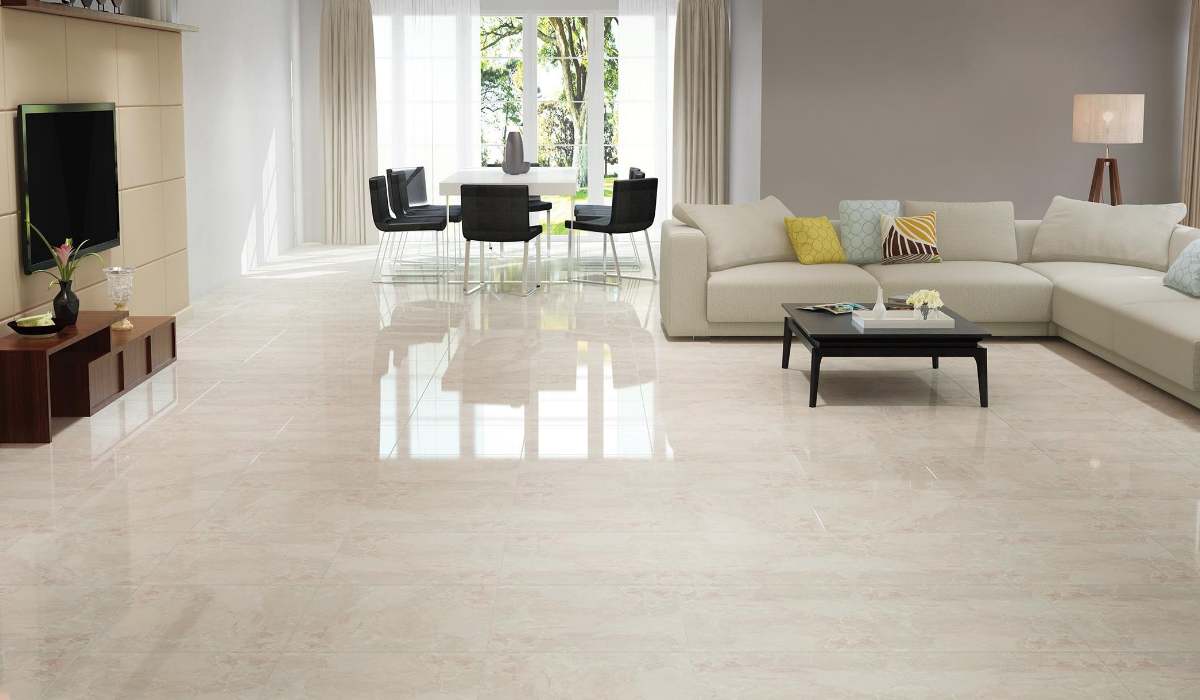

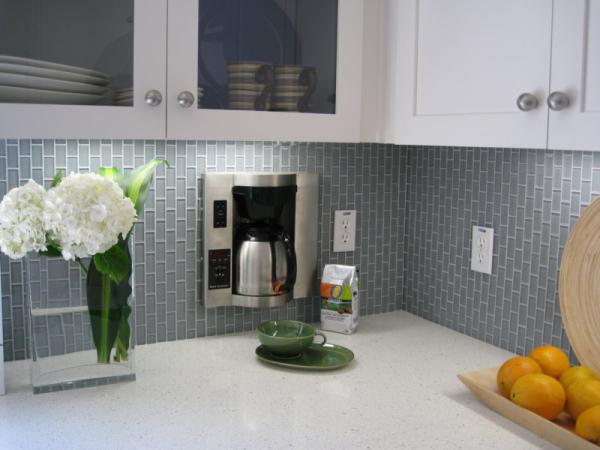
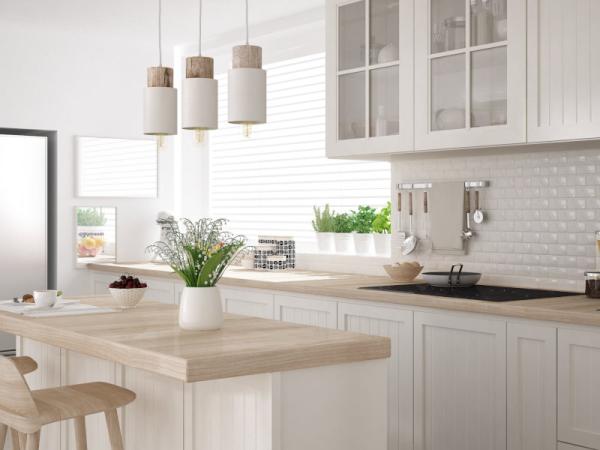
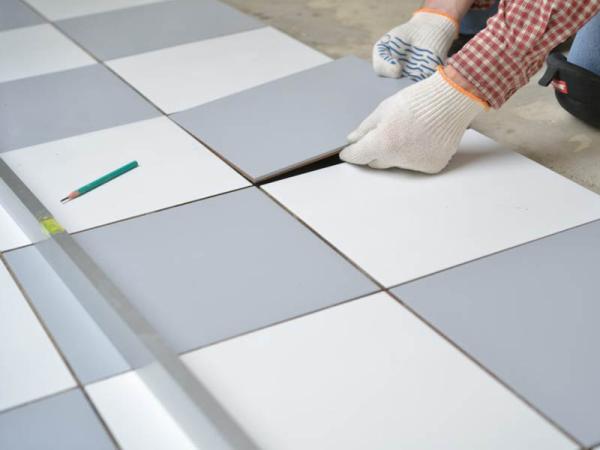


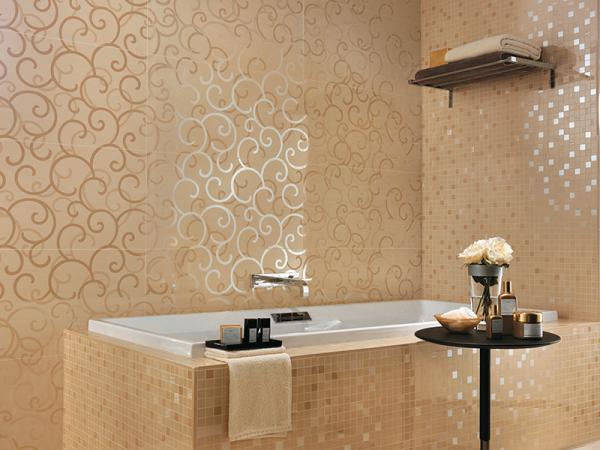
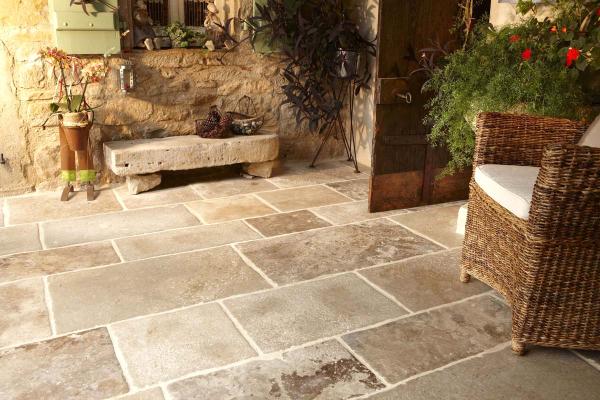

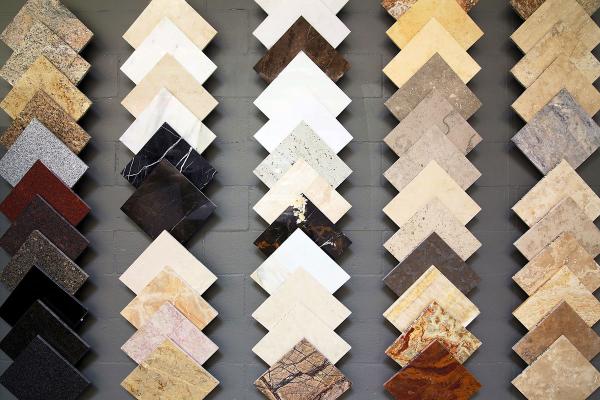
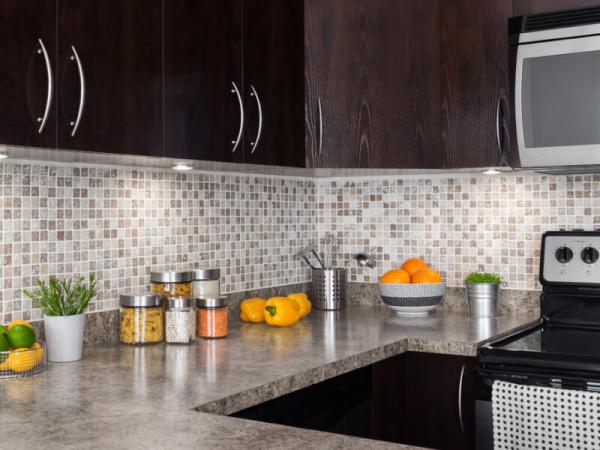
Your comment submitted.